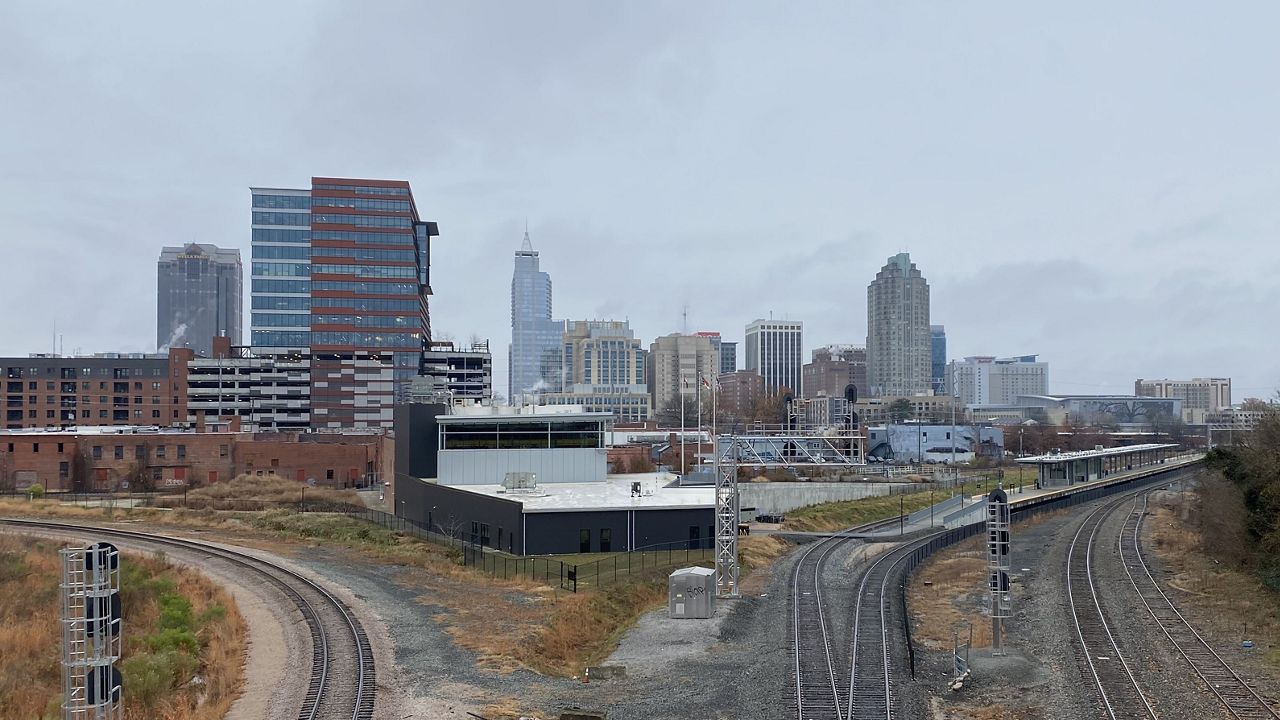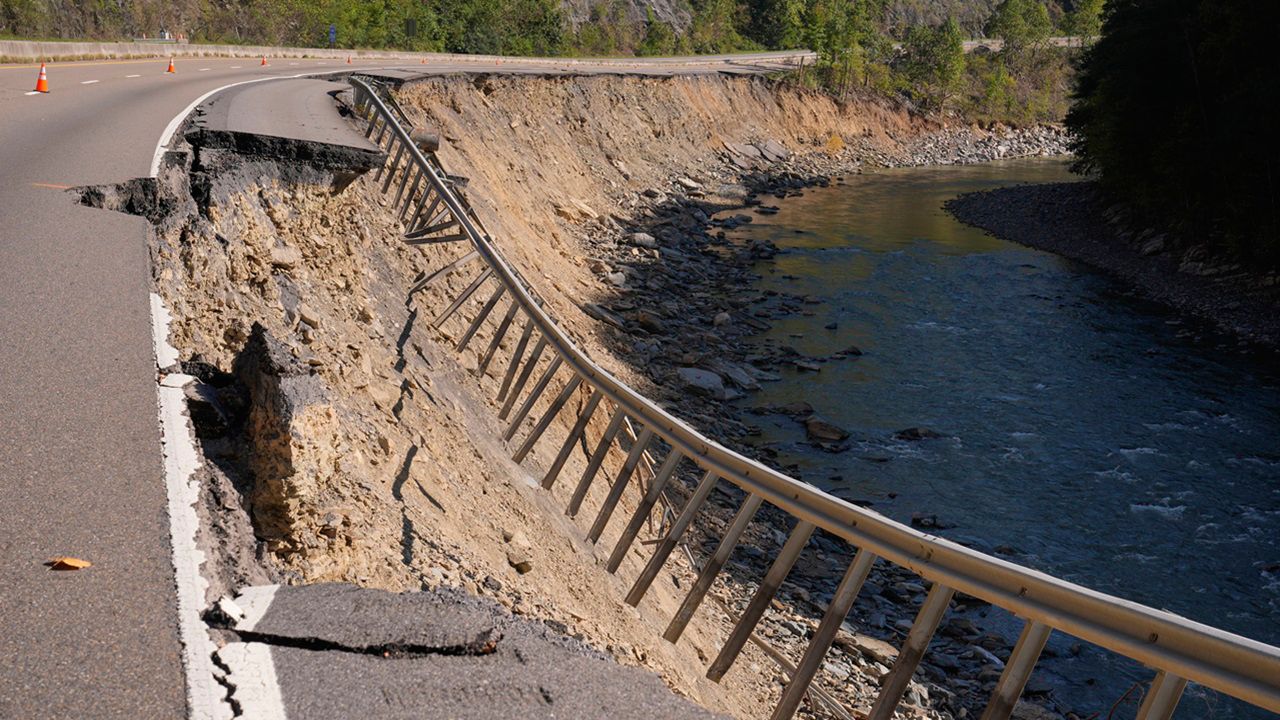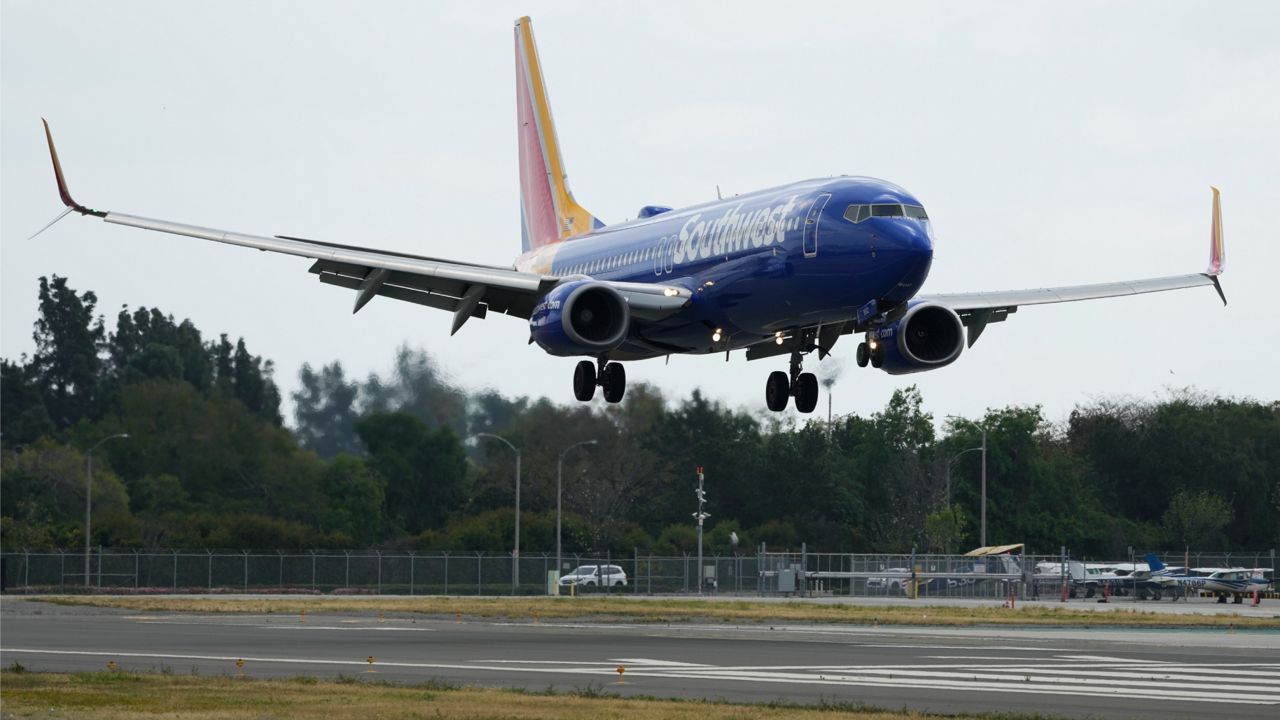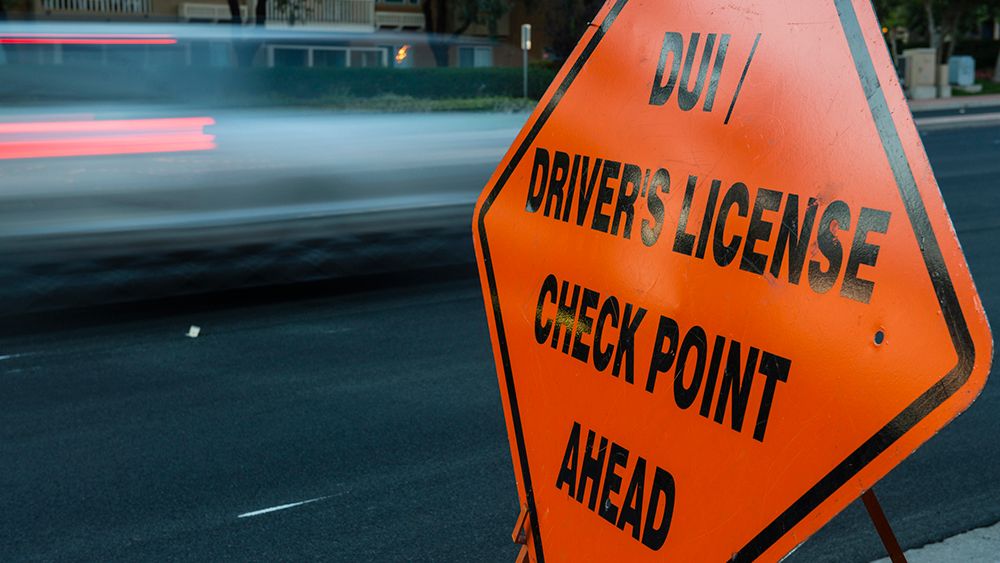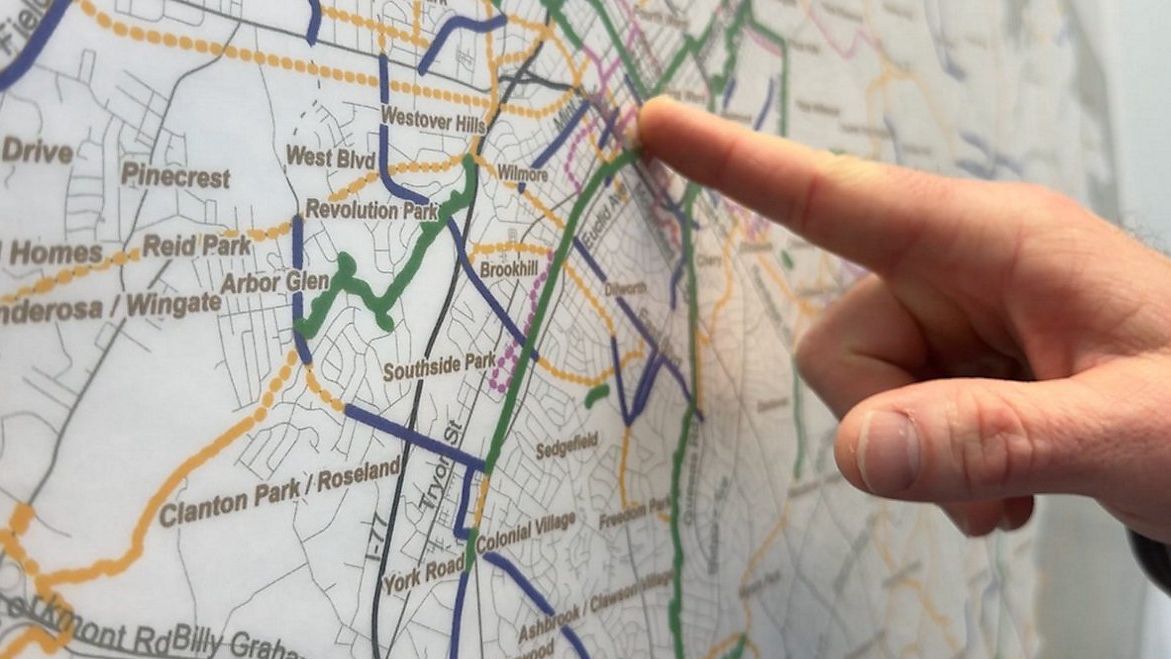Transit planners are working on developing a commuter rail line that could connect Durham, RTP, Raleigh and Garner, and could potentially go as far east as Clayton.
The regional project from GoTriangle still needs to wrap up some studies and analysis and get approval from local leaders in Wake, Durham and Johnston counties. But if everything works out, construction could start as soon as 2025, and the rail line could open by 2030.
“The region needs more transit options. We can’t build our way with highways out of our congestion problems,” GoTriangle president Charles Lattuca said in a recent presentation on the commuter rail proposal.
The 43-mile line would go from West Durham, through RTP, Morrisville, Cary, Raleigh and Garner, and could potentially continue through Johnston County to Clayton.
The region already has a population of about 1.6 million and another 600,000 are expected to move to the area over the next two decades, Lattuca said.
“This transformative project will become the spine of a new regional transit network that will serve the future needs of Wake and Durham counties,” Lattuca said. “Johnston County, the fastest growing county in the state, has recently joined the study, and may also become part of the rail transit network.”
The commuter rail line proposal uses the existing North Carolina Railroad corridor and the tracks that already run through Wake and Durham counties. The commuter rail line would share track with Amtrak and freight trains.
GoTriangle estimates the new commuter rail service would serve 7,500 to 10,000 people a day.
The plan calls for eight trains each way during peak morning and evening commute times, two trains each way during the day and two again after the evening rush.
The new line would use some existing stations, like Raleigh Union Station and the downtown Durham train station, but would also add stations along the route. The plan has 15 stations between West Durham and Clayton.
Many of the stations would include lots for park and ride, with bigger lots in suburban areas like Cary and Clayton.
The Triangle’s commuter rail plan is different from traditional commuter rail in places like Long Island, New York and the San Francisco Bay Area.
“In most places, commuter rail systems are built to bring people from the suburbs to job centers downtown. But as we all know, the Triangle is a unique place in many ways,” GoTriangle spokeswoman Burgetta Wheeler said during a recent online presentation about the project.
A transit analysis found that as many as 96,000 Triangle commuters live in Wake and work in Durham or vice versa, so travel doesn’t just go in one direction in the mornings and back in the evenings.
The most frequent question they get about the rail project, Wheeler said, is about getting to the airport.
The commuter rail line will not make a stop at Raleigh Durham International Airport. But the proposed Morrisville station is near the airport and will include shuttles or another easy way to get from the train to the airport, Wheeler said.
"The project is in its final study phase before officials will decide next year whether to proceed into engineering and design and into the federal funding pipeline," Wheeler said in an email to Spectrum News 1 this week. Once those studies are complete, the project will need approval from county commissioners in Durham and Wake counties, the Durham-Chapel Hill-Carrboro Metropolitan Planning Organization, the Capital Area Metropolitan Planning Organization and the GoTriangle Board of Trustees
Voters in Wake and Durham counties already approved half-cent sales tax increases to help pay for public transit in the region.
Once the plans and studies for the commuter rail lines are complete and county leaders in Wake and Durham, and possibly Johnston, approve, GoTriangle can apply for federal funding to help pay for the project.
GoTriangle estimates the cost of the commuter rail line will be $1.4 billion to $2.1 billion.
The new infrastructure plan approved by Congress could give the project a bump. Nationally, the bipartisan spending plan includes $66 billion for public transit. North Carolina can expect about $40 million for transit, state Transportation Secretary Eric Boyette said after the plan became law last month.
"The infrastructure bill could create opportunities for GoTriangle to work with our partners to fund safety and/or capacity improvements in the rail corridor more quickly, thereby making commuter rail service more affordable. Federal funding to pay for up to half the project cost, though, is expected to come from the existing Federal Transit Administration’s New Starts grant program," GoTriangle's Wheeler said.
“This bill is the largest investment ever in public transit. As our state and particularly the Triangle region continue to grow, our transit infrastructure has got to keep up with the population,” Rep. David Price said last month. “We can’t solve long commuting lines simply by building another lane and another lane out on I-40.”





